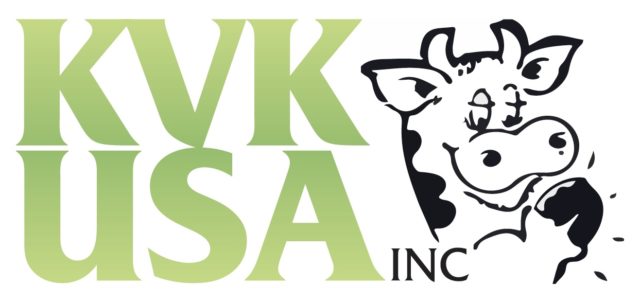Florida and Georgia dairy leaders continue to assess the damage from Hurricane Michael, but it appears Georgia suffered the most severe damage.
Southeast Milk Inc. (SMI), a dairy cooperative with about 150 members in six states, handles most of the milk marketed into Florida. A majority of its members are in Florida and Georgia and reaching them has been difficult, according to Jim Sleper, co-op CEO headquartered at Belleview, Florida.
Hurricane Michael’s path hit Florida’s Panhandle, where few dairy farmers remain, Sleper said. SMI’s Georgia members, however, were struck much harder.
“Generally, [Florida] faired relatively well when you compare Michael with last year’s [Hurricane] Irma, [which] covered the entire Florida peninsula and impacted several dairy farmers,” Sleper said.
SMI implemented its Hurricane Preparedness Plan prior to the storm, sending out satellite phones and chain saws and topping off fuel tanks for milk trucks, Sleper said. Several key SMI employees used a special app to keep co-op leaders up to date on storm happenings, especially in the event that cellular phone towers are taken out.
“We also have a program whereby we have three generators available for any farms that might need them,” Sleper said. “Overall, I felt we did the best job we could in getting prepared for the unexpected.”
Sleper said some SMI members sent photos to him on Thursday, showing extensive farm damage. He wasn’t aware of any cows losses, but many barns lost roofs, and lots of trees were toppled.
Hurricane Michael has compounded an already challenging situation regarding milk hauling, which was hampered by a shortage of drivers and trucks.
“This time of the year, the Southeast is short on milk, so garnering supplemental milk has been a challenge,” he said. “Milk delivery is backed up due to road closures, so Florida plants will not be getting their milk on a timely manner. We’re managing, but people need to understand milk is highly perishable and travels long distances.
“A few dairy farmers will be losing at least one day’s milking,” Sleper said.
In addition to support provided by the co-op, farmers are providing assistance to each other, including sending employees, chainsaws, front-end loaders and other equipment to areas suffering damage, Sleper said.
Beyond the immediate concern, loss of power will impact some producers for some time to come. Some dairy farmers may be without power for one to two weeks.
“Hopefully, their generators will hold up,” he said. “One of the largest issues is keeping the cows cool; without fans, barns become an oven. Most likely, we’ll see a significant loss in milk from the dairy farms in the Florida Panhandle and Georgia, and this loss will continue for at least another lactation period.”
Georgia's major dairy area hit hard
Hurricane Michael’s path took it through the top six dairy counties in Georgia, according to Farrah Newberry, executive director of the Georgia Milk Producers. She said most dairy farmers located in the southwest part of the state had barn damage, downed trees, downed fences and loss of power.
Newberry had not heard of any loss of animals, but power was still out as of Friday morning, and some farmers were milking cows using standby generators.
“Smaller dairy farms [in Montezuma, Georgia] are having to dump milk because they don't have the ability to keep it cold,” Newberry said.
One of the hardest hit dairies was Providence Dairy, located in Bainbridge, Georgia. The farm’s wooden structures were extensively damaged, but remarkably, a freestall barn housing cows survived the 100-plus-mile-per-hour winds. “They missed only one milking and are able to chill and have their milk picked up,” Newberry said.
“It could have been much worse,” she said. “Cows and families were kept safe. After Hurricane Irma last September, this area became better prepared for storms. Many bought generators before and after Irma.
“We will feel the impact for a while – especially during this long period of low milk prices,” Newberry said. “Before the storm, Georgia was suffering from a dramatic drop in milk production due to an extremely long, humid summer. We are hurting and afraid that our state will continue to lose dairy farms.” ![]()

-
Dave Natzke
- Editor
- Progressive Dairyman
- Email Dave Natzke











